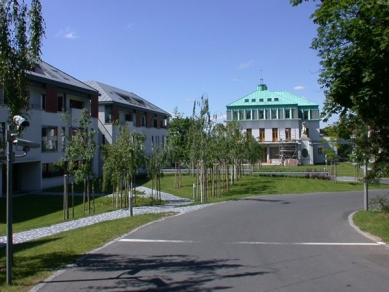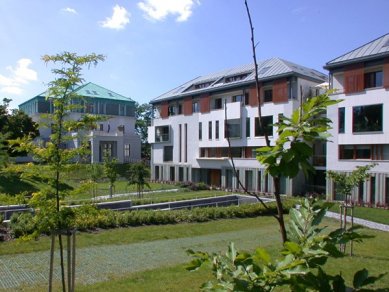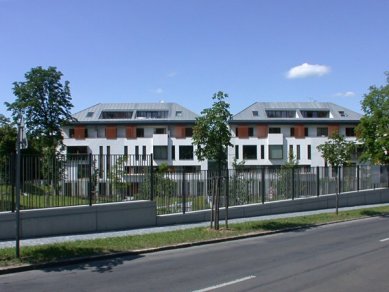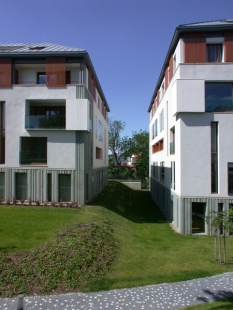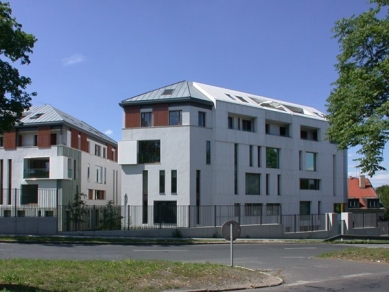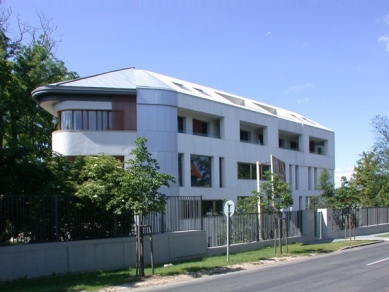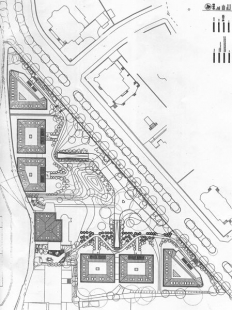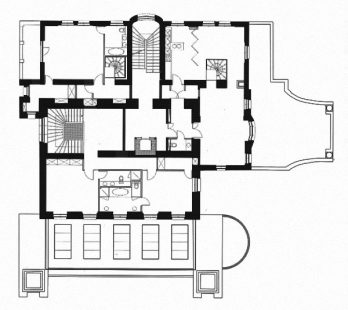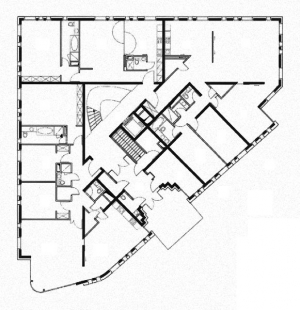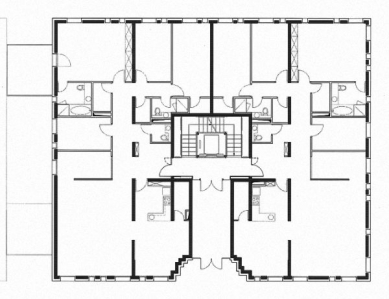
<Villa Bianca>

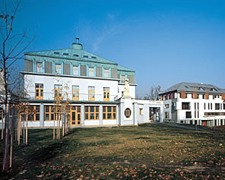 |
author's report
In our constantly changing world, where the pace of life is rapidly increasing, an apartment no longer merely serves as accommodation. We perceive a house more as a personal space that offers us comfort, where we can experience happiness and security, where we feel at home. As more and more people turn away from mass production in search of individualized spaces tailored to their personal needs, we are faced with the necessity to direct our attention in new ways. Throughout the last century, we have tried to find a final functional solution, but this century demands that we be able to offer the freedom of choice and enrich the apartment typology with diversity and flexibility.
In the network structure of contemporary society, in a world of globalization, cultural identity is increasingly asserting its claims. Being an architect today and having the opportunity to work anywhere on the planet requires a deep understanding and awareness of the specifics of different cultural environments. Individual interpretations should always respect cultural differences and strive to unify them through the life experiences and thought processes of specific individuals.
Despite the fact that we live in a network-structured society, we cannot rely solely on digital communication. Direct human contact face-to-face will never lose its fundamental value for us, and therefore public space still plays such an important role, perhaps even more important than ever. Because public space determines the quality of our immediate surroundings, an architect or urban planner is in a very responsible position: they must find the balance of all elements of the system - business, trade, transportation, sustainability, and last but not least, aesthetic criteria. Not only is public space where the life of the city emerges, which necessarily includes housing, but it is also a great tool that enables the flow between it and individual units.
We believe that the quality of our immediate surroundings has a direct impact on our lives. If we can create diversity, if we can create places full of uniqueness and distinctiveness, then we feel that we will be able to contribute positively to the improvement of the world on a global scale. Our goal is not to postulate, but to seek relationships, not to judge, but to seduce, not to provoke anger, but to convince and surprise - to create places full of beauty.
Erick van Egeraat
The English translation is powered by AI tool. Switch to Czech to view the original text source.
0 comments
add comment


